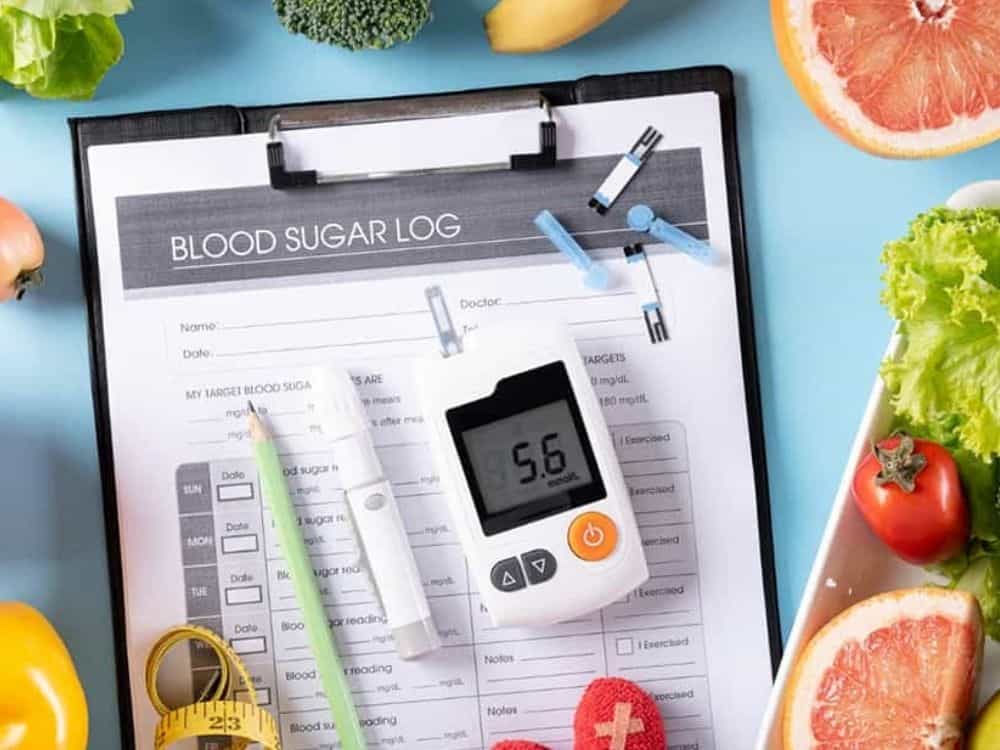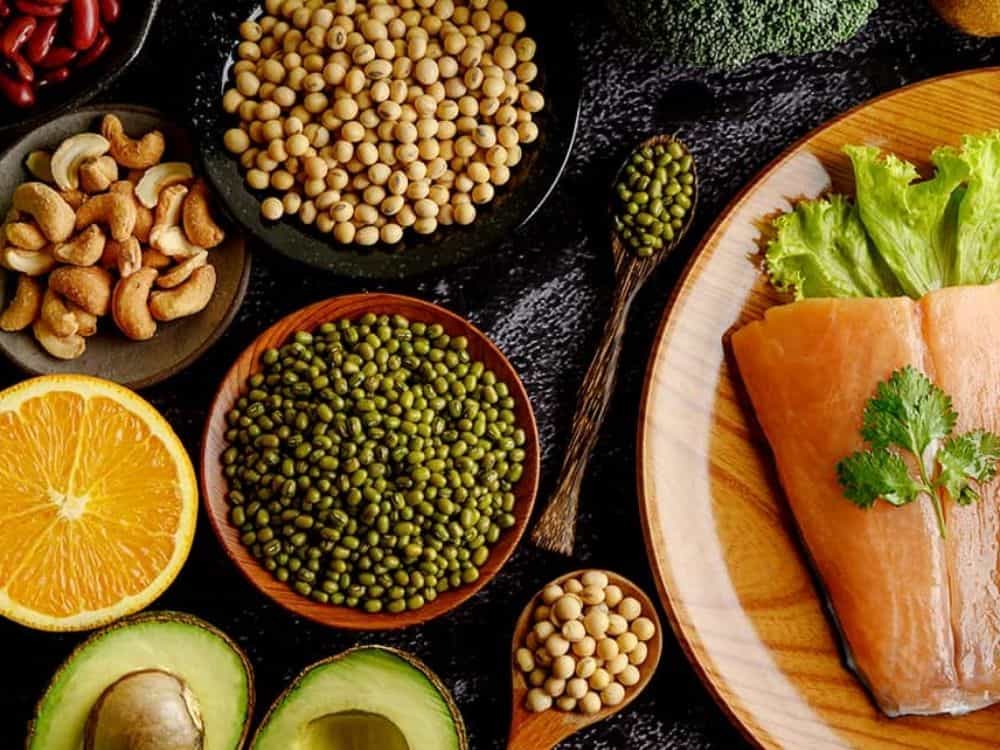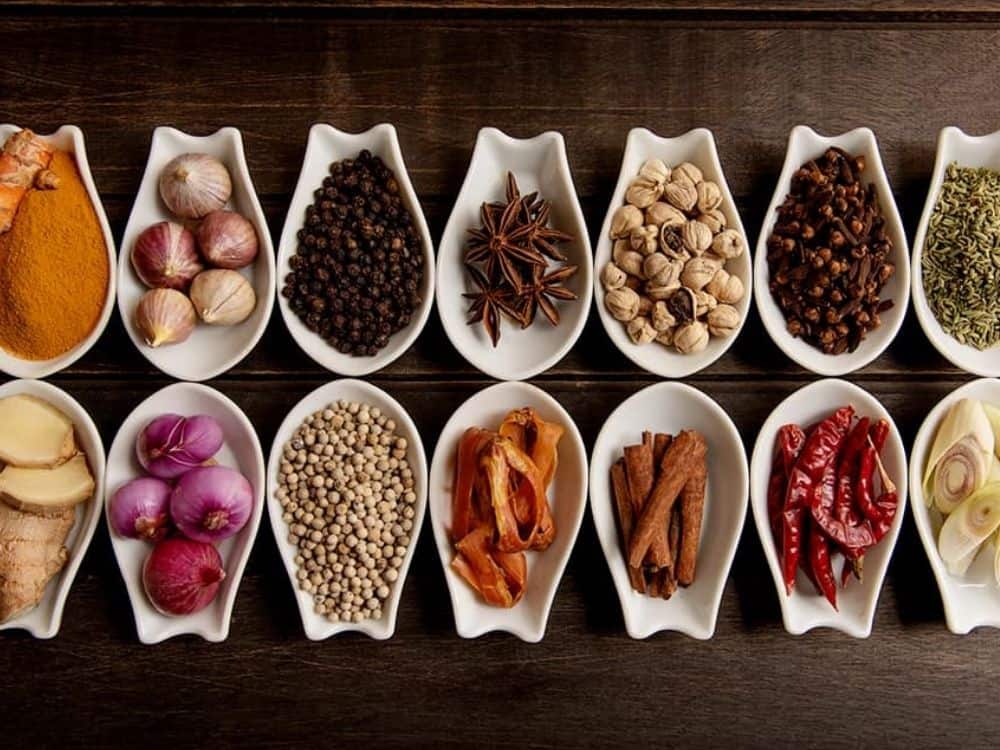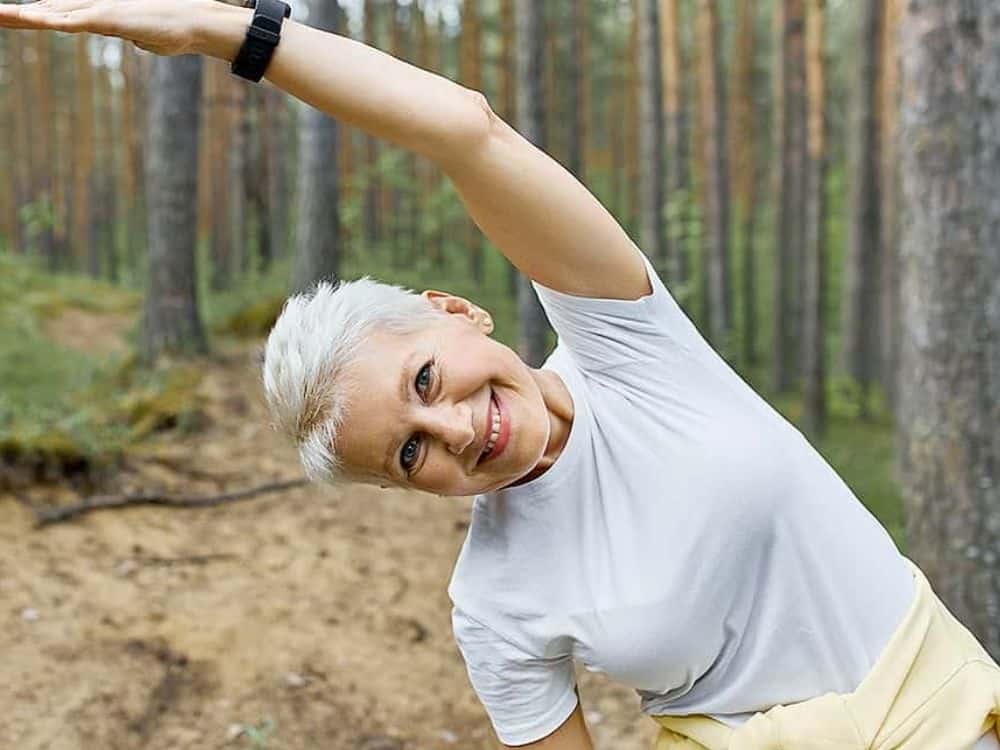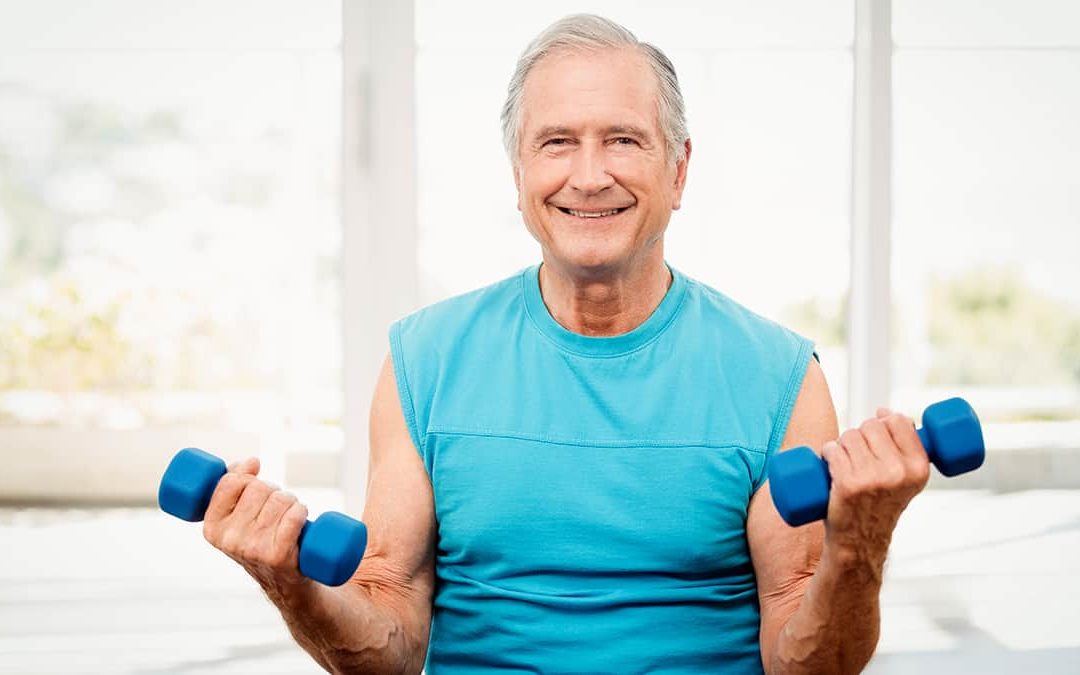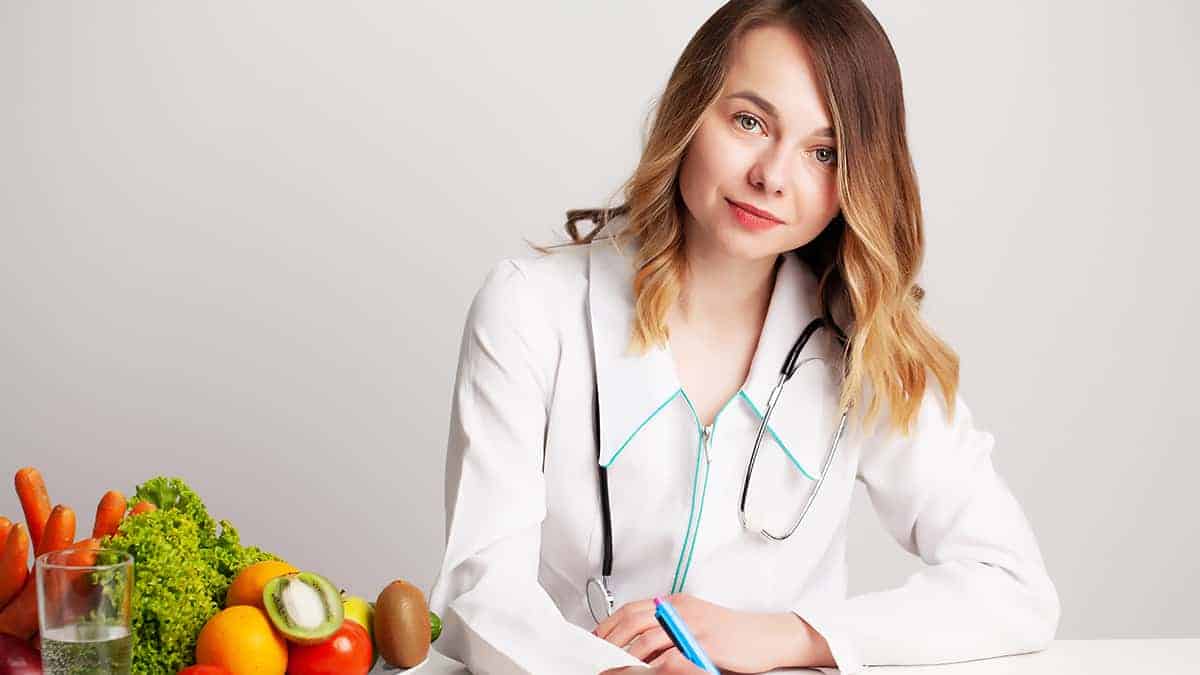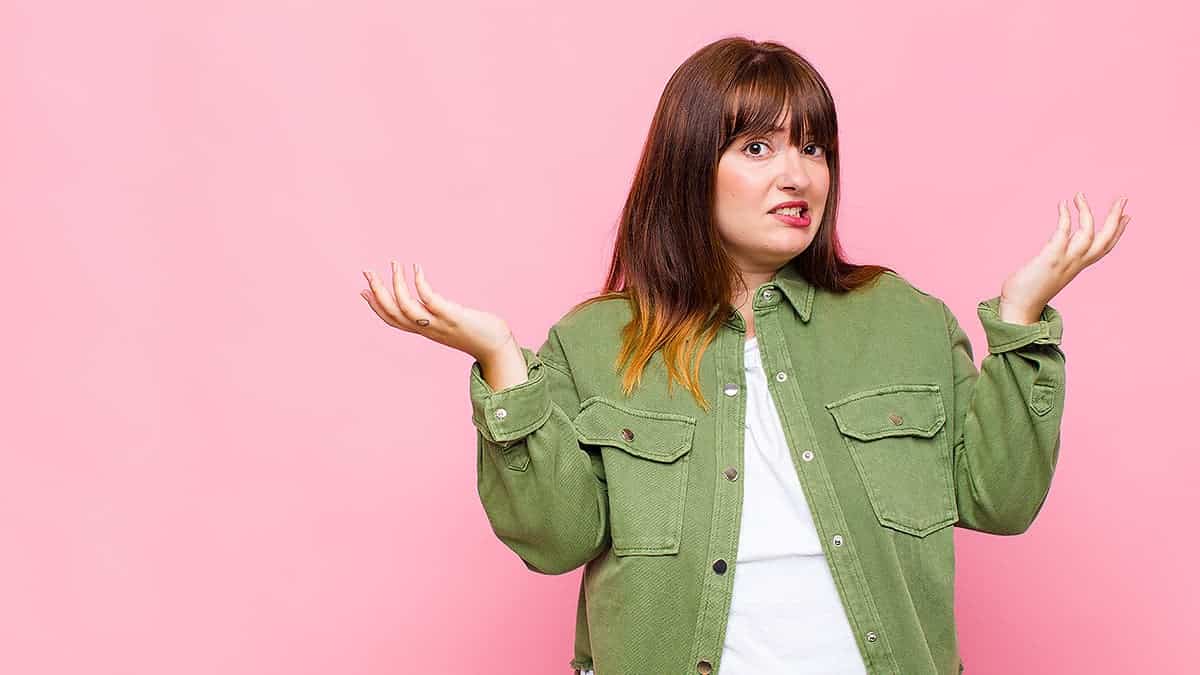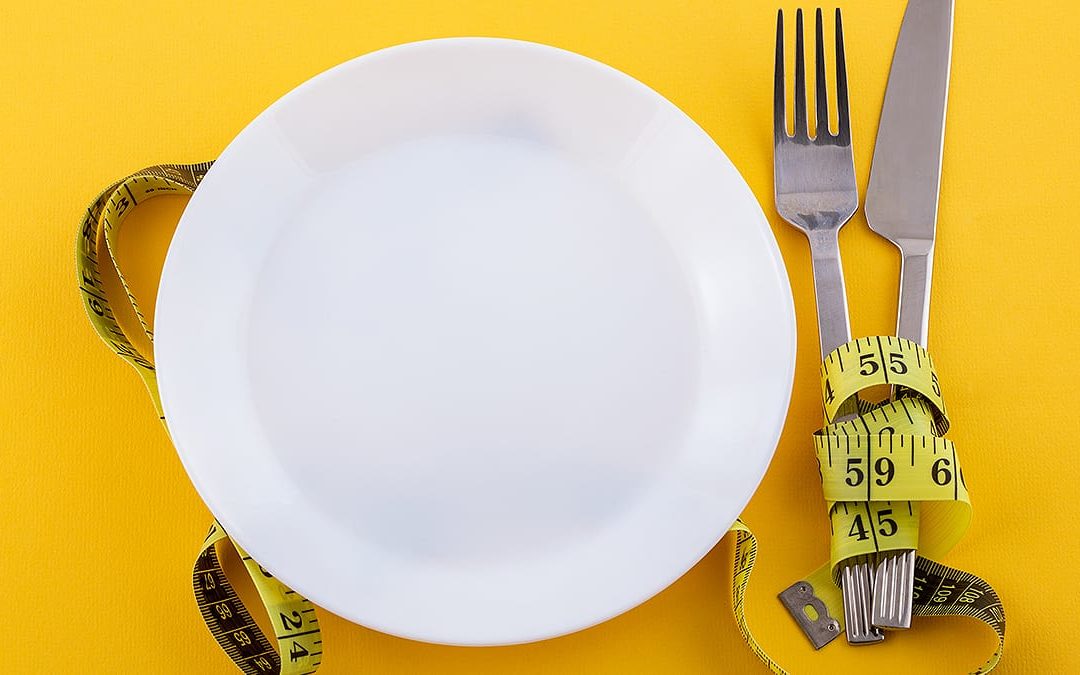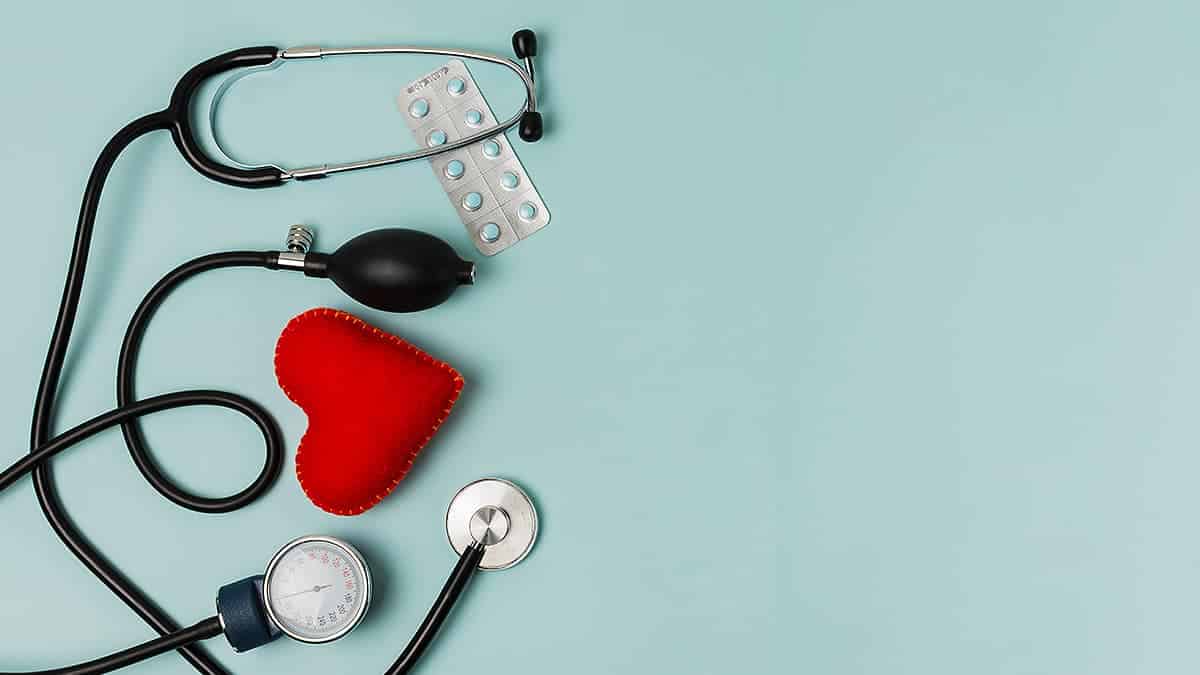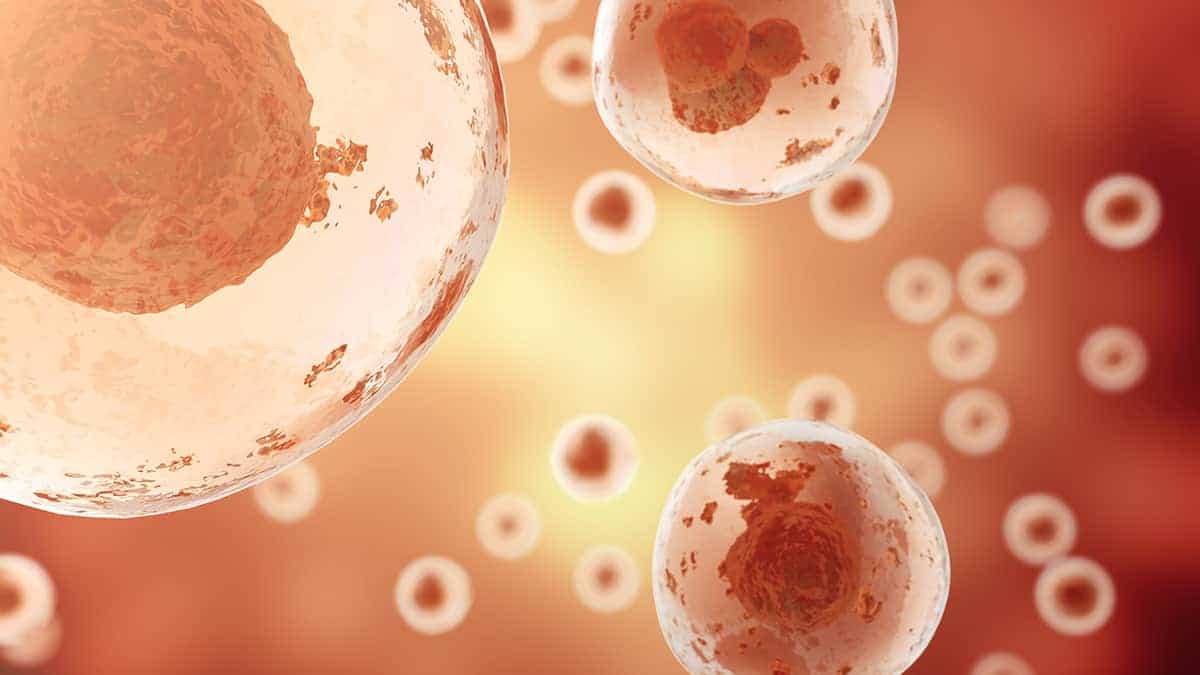The foods you eat have a big effect on how stable your blood sugar levels are. Certain food choices are better than others when it comes to avoiding high blood sugar spikes or low blood sugar crashes.
Why Is Controlling Blood Sugar Levels Important?
When we eat food, the body breaks down carbohydrates into smaller sugar molecules, which enter the bloodstream. For most people, the pancreas makes insulin and sends it around the body. Insulin then helps the cells in different organs absorb sugar from the blood and convert it into energy. After a meal, blood sugar levels rise temporarily and then eventually go back to normal as sugar is removed from the blood.
In people with diabetes, who don’t make or cannot use insulin, cells can’t absorb sugar. These sugar molecules stay in the blood for longer periods of time, and often reach high levels. Additionally, diabetes makes a person more likely to have blood sugar levels that get too low if they miss a meal, take too much medication, or exercise a lot.
The Glycemic Index
Overall, the goal is to keep blood levels stable. You can do this by paying attention to the glycemic index of the carbohydrates that you eat.
Foods that contain carbohydrates include grains (bread, cereal, pasta, rice), fruits and fruit juices, starchy vegetables (potatoes, corn, peas), dairy products, foods with fiber (beans and lentils), sugary desserts and snacks, and sugary drinks.
The glycemic index (GI) is a number that rates all carbs on a scale from 0 to 100. Low GI foods:
- Take longer for the body to break down, and require your body to actually work harder to break down these types of foods
- Cause your blood sugar to rise slowly and steadily
- Give you longer-lasting energy
- Make you feel full for a longer period of time
On the other hand, high GI foods:
- Increase your blood sugar levels very quickly, and then rapidly drop those blood sugar levels back down to low levels
- Make you crave more carbohydrate-rich foods once your blood sugar levels plunge
- Make you more likely to overeat or to eat when you are not truly hungry
When people with diabetes eat mostly low GI foods, they have better control over their blood sugar levels. One of the reasons many superfoods are so good for you is because they have a low GI.
Whole Grains
Whole grains, as opposed to refined or processed grains, contain high levels of fiber. Fiber is a type of complex carbohydrate that has a low GI. Your body can’t completely break down fiber, so it doesn’t make your blood sugar levels increase as much. People who eat high levels of fiber have a lower chance of becoming diabetic. In particular, people who eat at least three servings of whole grains per day have a 20-30% lower chance of getting diabetes.
When people with diabetes eat low GI, whole grain foods on a regular basis, they also have lower levels of inflammation. This can help fight obesity, high blood pressure, and heart disease, and help the body become more responsive to insulin.
Most whole-grain foods can be considered a superfood, not only because of their fiber content, but also because of their high levels of B vitamins, iron, zinc, magnesium, and antioxidants. Examples of whole grains are:
- Whole-wheat pasta, or baked goods like bread or crackers made with whole-wheat flour
- Brown rice
- Grains often served for breakfast, such as steel-cut oats, stone-ground grits, or amaranth
- Grains that are often prepared as sides, such as quinoa, barley, millet, or bulgur
- Popcorn
Low GI Superfood Fruits
Some superfood fruits have a low GI, while other potentially less healthy fruits have a higher GI. A fruit’s GI is primarily based on how much fiber the fruit contains. Some fruits have more fiber, and therefore, a lower GI.
Eating low GI fruit helps people with diabetes lower their blood sugar and blood pressure levels. Examples of low GI fruits are:
- Apples
- Pears
- Oranges, grapefruit, tangerines, and other citrus fruits
- Berries such as strawberries, blueberries, raspberries, and cranberries
- Peaches
- Plums
- Nectarines
Berries may also provide diabetics with additional benefits. They contain antioxidants that have shown the ability to improve insulin and cholesterol levels, and are linked to a lower likelihood of developing diabetes.
To get the maximum amount of fiber from your fruits, try strategies like:
- Eating whole fruits rather than drinking fruit juice. Juice has had most of the fiber removed, and often has added sugars, meaning that it has less nutrients and a higher GI.
- Avoiding fruit products like canned fruits that contain added sugar.
- Eating fruit with the skin on, if it’s edible.
The Power of Legumes
Legumes – beans, lentils, and peas – are superfoods that offer a ton of nutritional benefits. They also contain high levels of fiber, making them a good low GI food option. Other nutrients found in legumes include:
- Protein
- B vitamins
- Copper
- Iron
- Magnesium
- Manganese
- Zinc
- Phosphorus
In one study of over 100 people with diabetes, those who ate at least one cup of legumes per day had lower blood sugar levels and a reduced chance of developing heart disease.
However, despite these health benefits, on any given day only about 8% of Americans say they eat legumes. Get more of these superfoods by adding black beans, kidney beans, chickpeas, cannellini beans, pinto beans, soybeans, and lentils to your meals.
Other Superfoods for Diabetics






